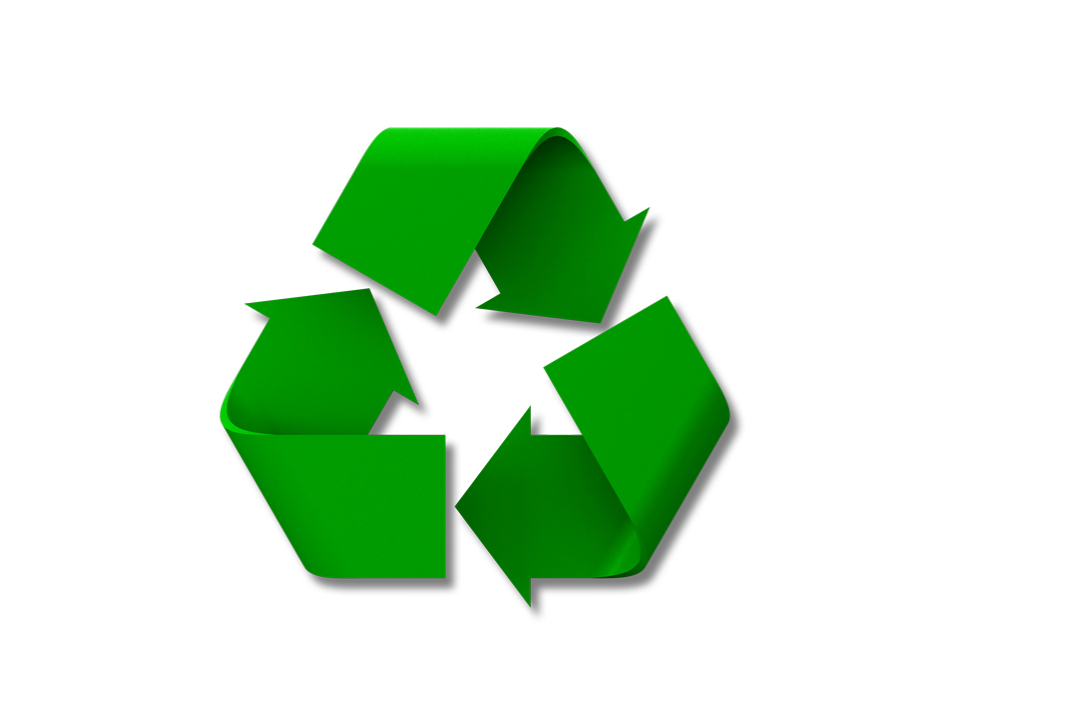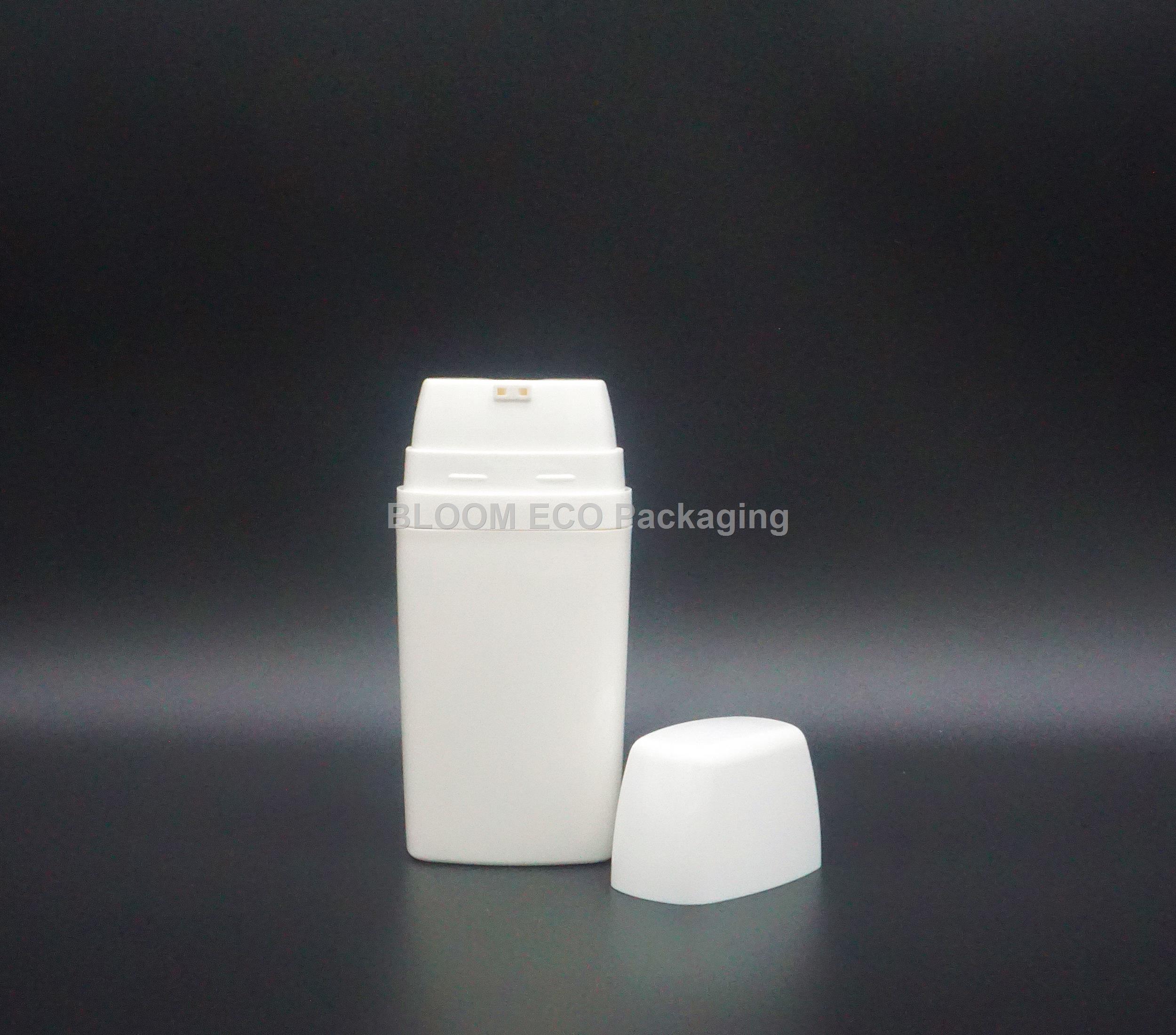Plastic, steel, wood and cement together constitute the four basic materials of modern industry. It plays an important role in the national economy. It is widely used in industry, agriculture and people’s daily life because of its light weight, corrosion resistance, high strength, easy processing and molding, beautiful appearance, bright color and other performance and energy saving in production and use. Plastics not only bring convenience and benefit to people’s life and production, but also produce a lot of pollution.
However, unlike other garbage, plastic is a kind of artificial polymer. The decomposer microbes in the environment can’t digest and degrade the chemical bonds connecting the monomers in the plastics, so they can’t decompose them into monomer forms again. In other words, once the plastics are synthesized, there will be no turning back At present, there are 120 million tons of disposable plastic products in the world every year, of which only 10% are recycled, about 12% are burned, and more than 70% are discarded in soil, air and sea. Among them, the pollution of plastic waste to the sea is the most obvious. According to science, 8 million tons of plastic are washed into the sea every year, forming a “plastic waste archipelago Republic” the size of France. What’s more terrible is that they produce a large number of plastic particles, which enter the human body through seafood, sea salt and other channels, causing huge health hazards.
At present, many people only pay attention to the environmental pollution caused by plastic bags and beverage bottles, but they have not realized that plastic products in the cosmetic packaging industry are also a source of pollution. However, as consumers pay more and more attention to the sustainability of brands and products, for cosmetics brands, only when they are aware of this trend and take the initiative can they better impress consumers.
Worldwide, more and more cosmetic companies begin to carry out empty bottle recycling projects. Many brands have set sustainable development goals. One of the most important goals is to make all product packaging 100% recyclable by a certain deadline. In China, with the establishment and promotion of “extended producer responsibility system”, the recycling of packaging waste will become the responsibility of each brand.
Skin care products and cosmetics packaging materials are complex, small volume, difficult to collect, difficult to sort, generally recognized as “non recyclable garbage”. If we want to recycle them, it has higher requirements for technology and cost. Therefore, not only in China, but also in the world, cosmetic packaging recycling is an expensive expense. This high price will be reflected in the choice of raw materials for production. It is also a headache for brand companies to choose the most environmentally friendly packaging materials in line with the international trend in the dazzling market. Therefore, SK Korea has developed a high-quality pcr-pet material based on recycled PET. This pcr-pet product can help realize the relative circulation of the industrial chain, convert waste bottles into particles, and then process them into bottles again.
In terms of hardness, viscosity, melting point and processing performance, there is no difference between pcr-pet particles and original ecological particles, and even better in the appearance and color of finished products. At present, two products of SK have obtained APR, TSCA / iecsc, GRS certification and FDA registration. The PCR Cosmetics Packaging of the product is 30%. It can be used for injection, stretch and blow packaging products with thickness up to 8mm.
Bloom ECO Packaging Co., Ltd. has also completed two product samples with several cooperative customers and achieved good results. In the future, we will vigorously and rapidly promote more customer samples and production. Bloom ECO packaging has never spared no effort on the road of sustainable development.



